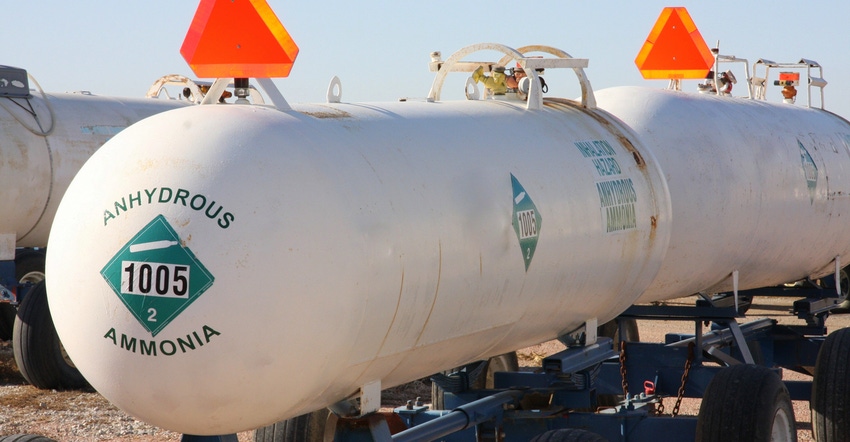November 1, 2021

Last month, I wrote about the input cost increases we’re seeing across the sorghum belt and the entire U.S. At the time, I was also taking a deep dive into fertilizer supply chain issues to better understand where we are and where we’re going.
I noted that the current fertilizer price situation is complicated, and that there are no easy answers. After completing my deep dive, I realized this statement couldn’t have been truer.
From fertilizer plant maintenance operations delayed by the pandemic and now occurring all at once, to increased global demand for fertilizer, to localized weather events, there isn’t a single culprit — or a single solution.
All nutrients
No nutrients have been spared. Since mid-2020, cash nitrogen prices in the Midwest have increased from $300 per ton to $750 per ton, phosphorus prices from $400 per ton to $700 per ton, and potash prices from $300 per ton to $600 per ton. In some cases, fertilizer may not even be available in 2022.
The situation applies to other inputs as well — and in the short term at least, things may get worse before they get better. That being said, I firmly believe the adages that high prices cure high prices, and things are rarely as bad as they seem. So, I’m staying optimistic that things will have begun to normalize by #plant22!
Watch costs
Still, farmers should be planning for thinner margins next year by watching costs closely (a good practice even in normal margin environments). I wrote about doing this last month and that the pencil reveals there are still significant profit opportunities available for farmers who can hedge or begin making sales. But how should these farmers manage the risks associated with such strategies? First, it’s essential to understand what crop insurance protects.
For example, for a farmer with an 80-bushel approved yield (the approved yield is based on a 10-year average of historical yields plus several adjustments, depending on the situation), buying 70% protection is guaranteed 56 bushels. That means this farmer can make forward sales of up to 56 bushels and know in the event of a crop failure, he or she will be able to deliver on that contract. Certainly, this is easier said than done, so I wouldn’t recommend selling that much forward. However, this is significant peace of mind for farmers looking to make sales. Furthermore, if farmers purchase revenue protection and take the harvest price option, they’re protected from a harvesttime runup in prices. In other words, they won’t miss out on late rallies if they price early and can’t deliver.
Consider options strategy
Second, there are several derivatives-based strategies available to begin taking advantage of current market prices. Traditional options strategies are typically too expensive this far in advance of the next harvest, but buying options that expire earlier and rolling them forward along the way is a viable strategy — as is purchasing cheaper, short-dated options and layering short calls on top of long puts to reduce the cost of the overall position. These strategies can be risky and complex, so it’s best to direct questions to a licensed professional.
To end this column, I want to give a warm thanks to farmers. Thanks for standing tall during a highly uncertain time these last few years. Thanks for working hard to make our food, fuel and fiber supply the safest in the world. And for those farmers who raise sorghum, thanks for planting our crop! It’s a pleasure working on your behalf each day. We couldn’t do what we do without you!
Duff is executive vice president for National Sorghum Producers. He can be reached by email at [email protected] or on Twitter @sorghumduff.
About the Author(s)
You May Also Like






